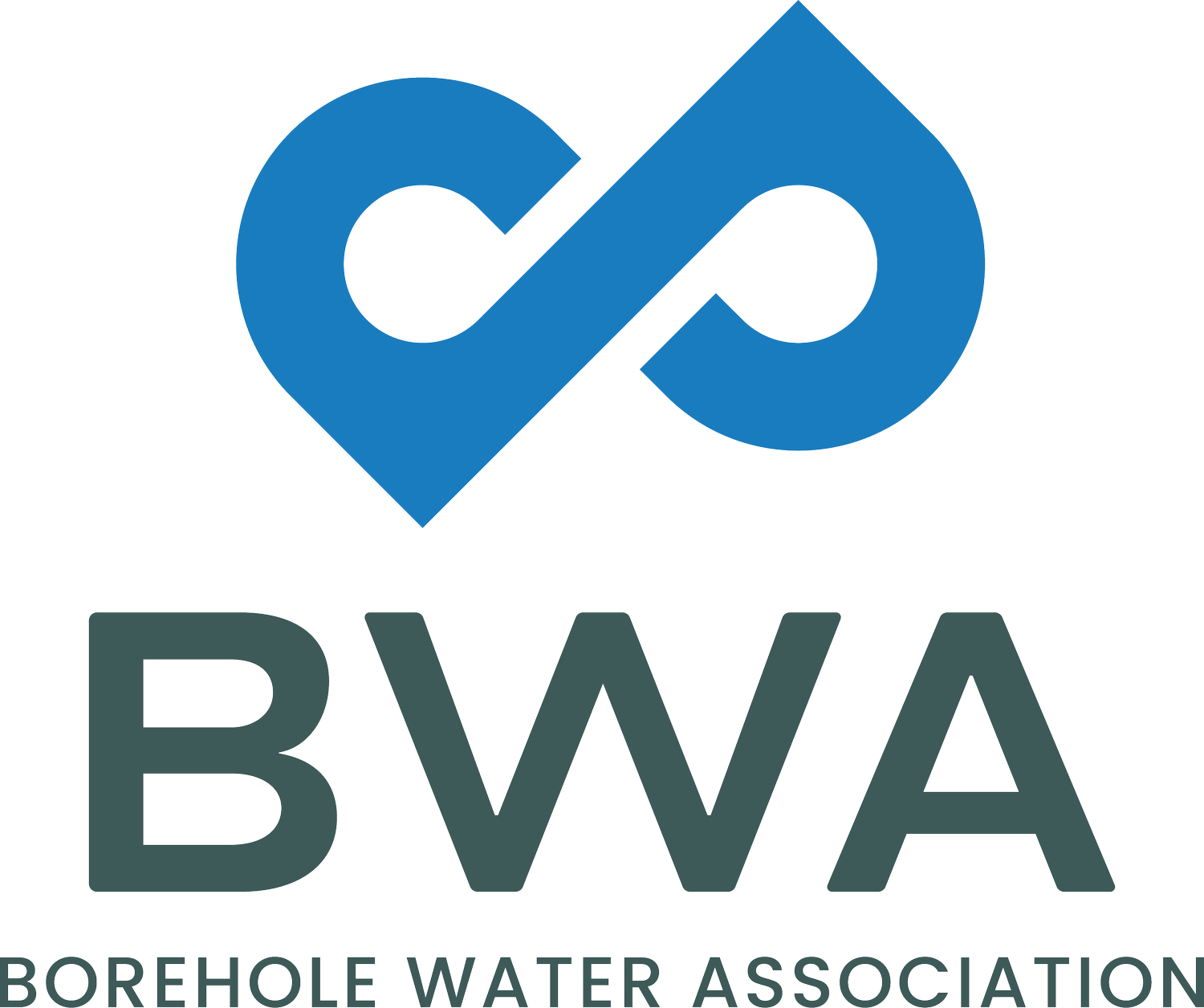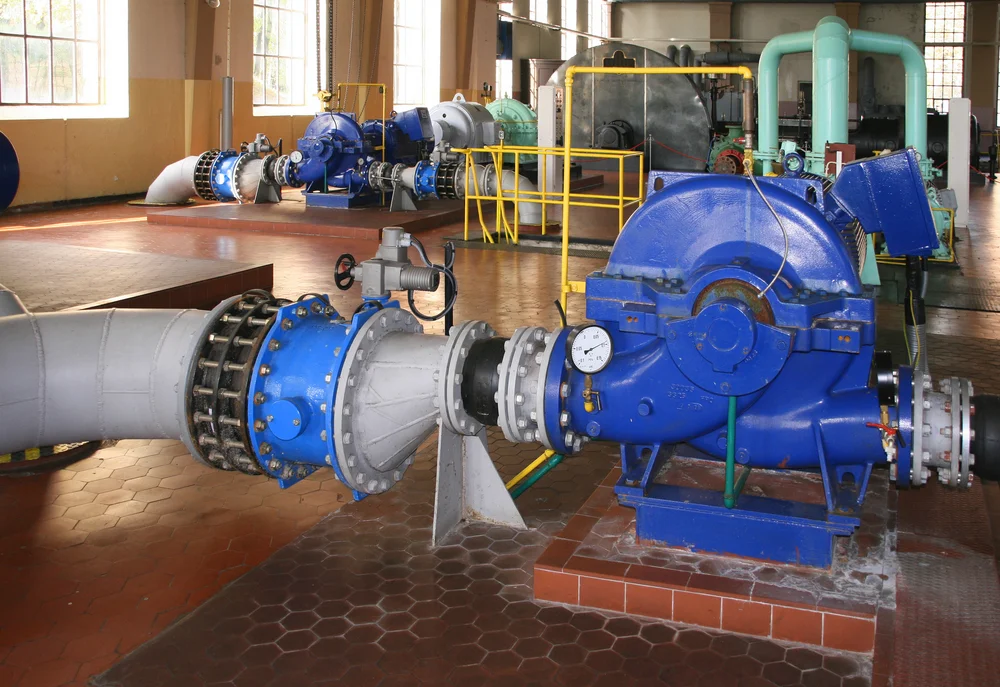Solar-powered farm shows the way
/An extremely successful cash crop enterprise in a relatively arid region of South Africa
With some innovation and determination, and All Power’s 35 years of experience and leading technology in the solar water pumping industry, coupled with the local pumping expertise of Koty Pompe, anything was possible. “If you can do it with Eskom, we can do it with solar,” said Terry Moss, All Power Solar.
While there are no shortages of agricultural-related challenges, here are some of the technical ones:
The nearest electrical supply point is many kilometres away and operating engine-driven machinery is not only extremely expensive, but also impractical.
The nearest obvious source of water is just as far. There are, however, various sources of water spread within a radius of 500m.
Cost to erect power lines to the farm is estimated to cost about R850 000 and once installed there would be monthly fixed costs for the line, and associated transformers and switch gear. On top of these costs is the cost per kWh of energy used, aggravated by continual increased annual electricity services and rates.
The present reliability of electricity supply in South Africa is patchy to say the least.
Clearly some out of the box thinking had to be applied!
Being in the Bushveld region of Limpopo Province, water from boreholes is always a viable proposition, leaving the energy conundrum to be solved.
Fortunately, a team made up of Thys Kotze of Koty Pompe, in Mokopane and Terry Moss of All Power Solar in Port Elizabeth were on hand to map out an energy strategy based on the use of photovoltaic (PV) panels. Solar power from the panels would be used to power borehole and booster pumps which would deliver water to a 14Ha centre pivot irrigator, without the use of batteries.
A basic feasibility cost analysis showed that a PV system comprising a PV array with a peak output of 110kWp to 130kWp would provide sufficient kWh to power the pivot and supporting pumping systems together with some basic lighting.
The cost of installing a three-phase mains supply to the farm would be lower than the cost of the PV system. This seems to ring the death knell of the PV system! However, calculations based on fixed (line & transformer) costs and time of use R/kWh rates quickly showed that this amount would be paid back in energy savings within 4 years.
Based on the fact that PV systems have an effective life cycle of at least 25 years, this became a very viable investment. A less obvious system benefit is that the end-user has far more control and management opportunities over the energy supply. Add to that the fact that the system makes a significant contribution to the well-being of the planet and all present and future generations, Solar energy is also not subject to inflationary pressures.
In October 2018, the go ahead was given for the project and the photo above tells the story of its successful implementation.
Click here for a video showing a healthy pumpkin crop being watered during conditions of low solar irradiance.
The current crop types lay the foundation for a strategy to use the capital generated to ultimately expand into products such as nuts and/or citrus. These types of crops would be able to use micro irrigation which requires a far more constant flow of water and is even more efficient and effective in the use of the available water resource.
The daily procedure broadly follows a routine of the dam being filled with water from eleven Vansan borehole pumps, into a reservoir, where a 15kW booster pump supplies water to the pivot. The borehole pumps, booster pump and pivot are all driven simultaneously directly off the solar system and can obtain up to 12 hours effective irrigation in summer.
Over the past 22 months, the energy that this project is based on came streaming in from 151 560 000kms (that’s 151,56 million kilometres!) away and will continue to stream in for the next few thousands of millennia.
Gives a new meaning to the phrase - Just add water and sunshine!
For more information, contact: Thys Kotze, Koty Pompe or Terry Moss, All Power Solar






